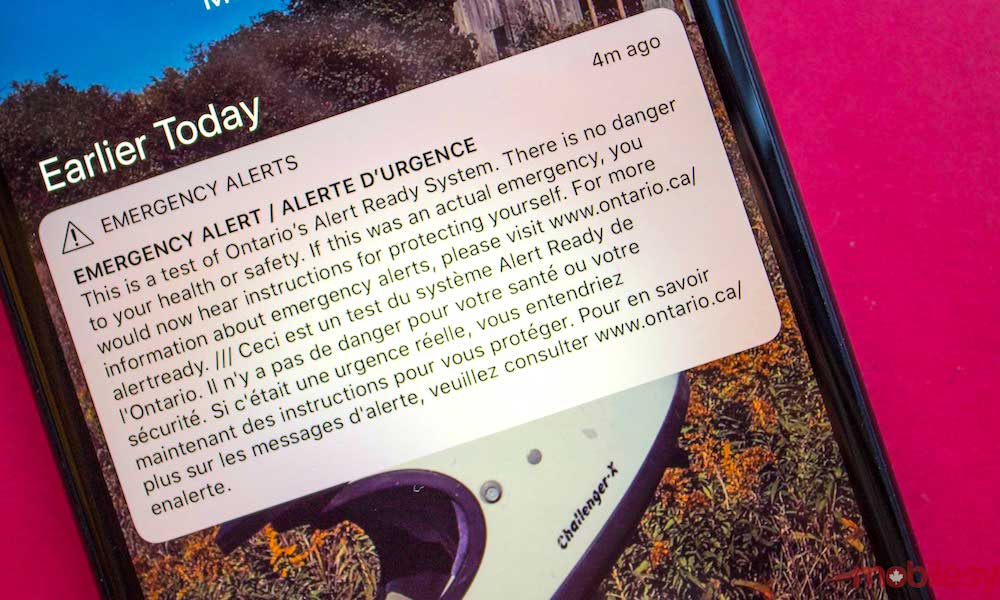Don’t Panic: More Emergency Alerts Are Coming to Your iPhone
 Credit: Mobile Syrup
Credit: Mobile Syrup
Toggle Dark Mode
If you’re a mobile phone user residing in the United States, then chances are you’ve received an alarming “AMBER ALERT” notification on your device. Whether it warned you to be cautious of extreme weather patterns, or to keep your eye out for a suspicious vehicle on the road, these alerts are a fundamental part of the country’s emergency response infrastructure.
This week, the Federal Communications Commission (FCC) announced it will begin rolling out new enhancements to this infrastructure, primarily aimed at fortifying the country’s Emergency Alert System (EAS). The updates are part of the agency’s broader move to prevent the occurrence of “unexpected false alarms,” such as the highly-publicized false ballistic missile warning issued to Hawaii residents earlier this year.
According to the FCC’s official statement, it appears the agency is trying to enhance the effectiveness of EAS, while helping mobile phone users become more familiar with the system and how it works, ultimately aiding in the event you or your loved ones are ever forced to respond to an active situation.
In essence, “State and local officials will now be able to conduct ‘live code’ tests that’ll use the same alert codes and processes that would be required in an actual emergency,” The Verge explains. “The idea is that officials will better learn the system while the public will get used to responding to alerts and know what to expect.”
“Everyone in the area will get a test message, like a real alert.”
What Does This Mean for Me?
Constituent with these “live code” tests, mobile phone users in the U.S. can expect (but are not guaranteed) to experience a slight uptick in the number of EAS alerts received on their devices, as the FCC works closely with state and local officials to fine-tune the alert system.
The FCC also noted in its document that public service announcements about EAS will now be able to use the same alert sounds as an actual emergency. However, as part of the ongoing enhancement process, anyone actively using EAS will be required to inform the FCC in the event a false alert is triggered.
In a separate document published to its website, the FCC acknowledges the reality of “alert fatigue,” while going on to suggest that “careful test planning” can prevent the influx of practice alerts from diminishing the efficacy of real ones.
Overall, it appears the FCC is geared and focused on improving the EAS system for the ultimate benefit of mobile phone users.. Let’s just hope the agency’s new procedures outlined in today’s announcement actually do come to benefit — rather than aggravate — the lives of those using them.






